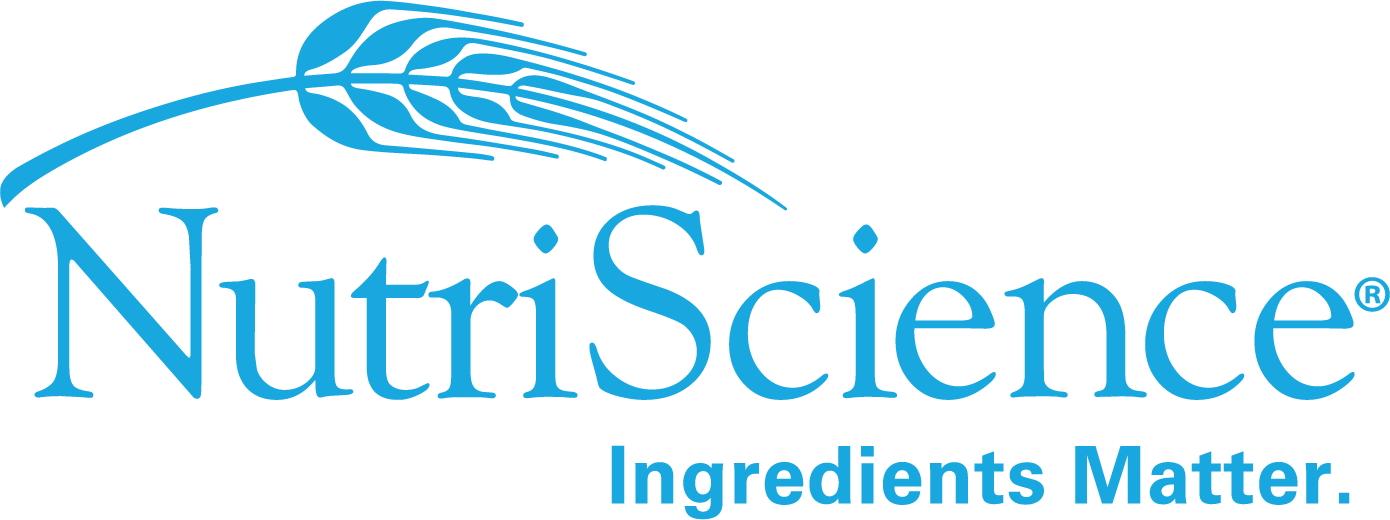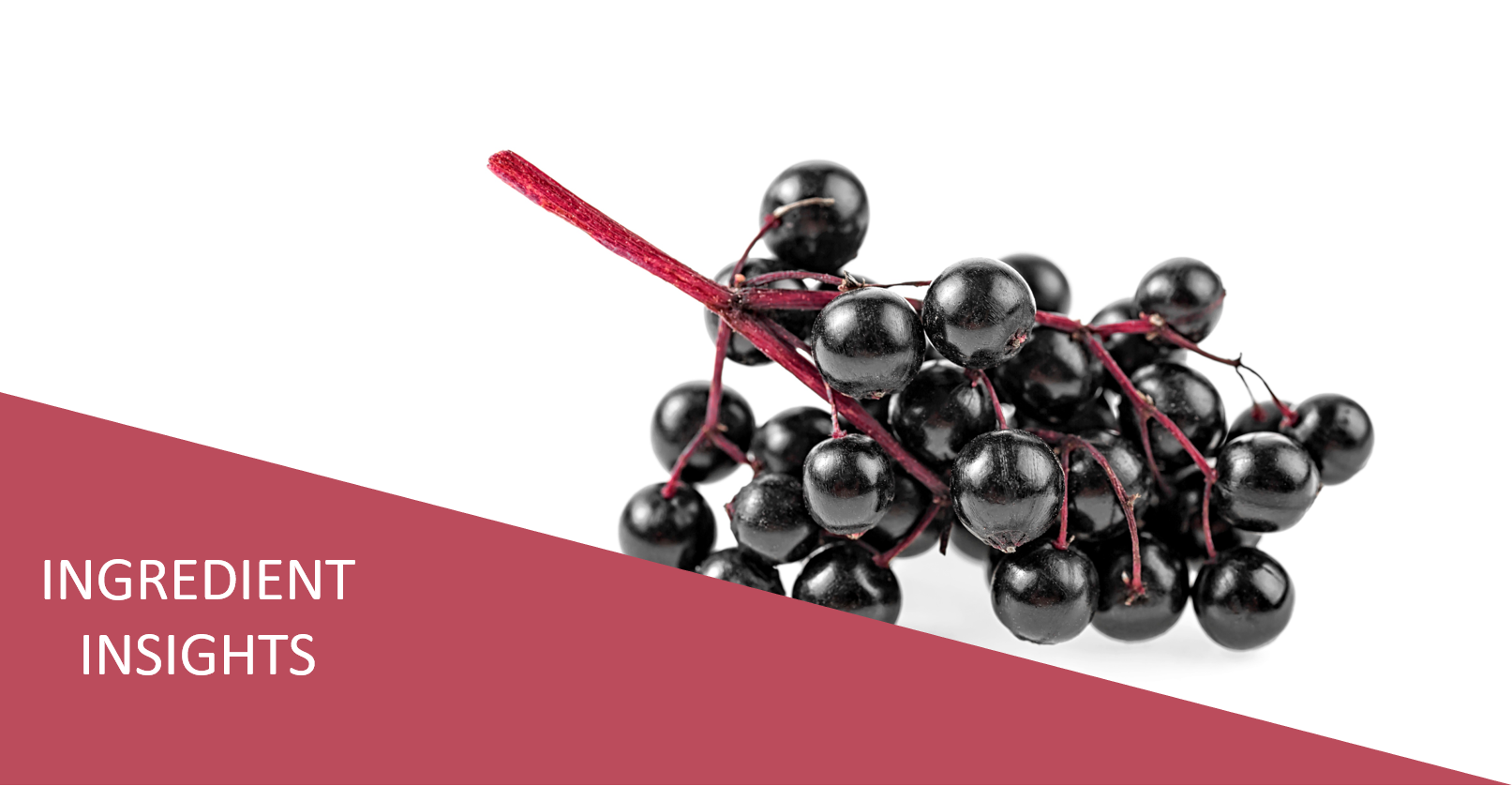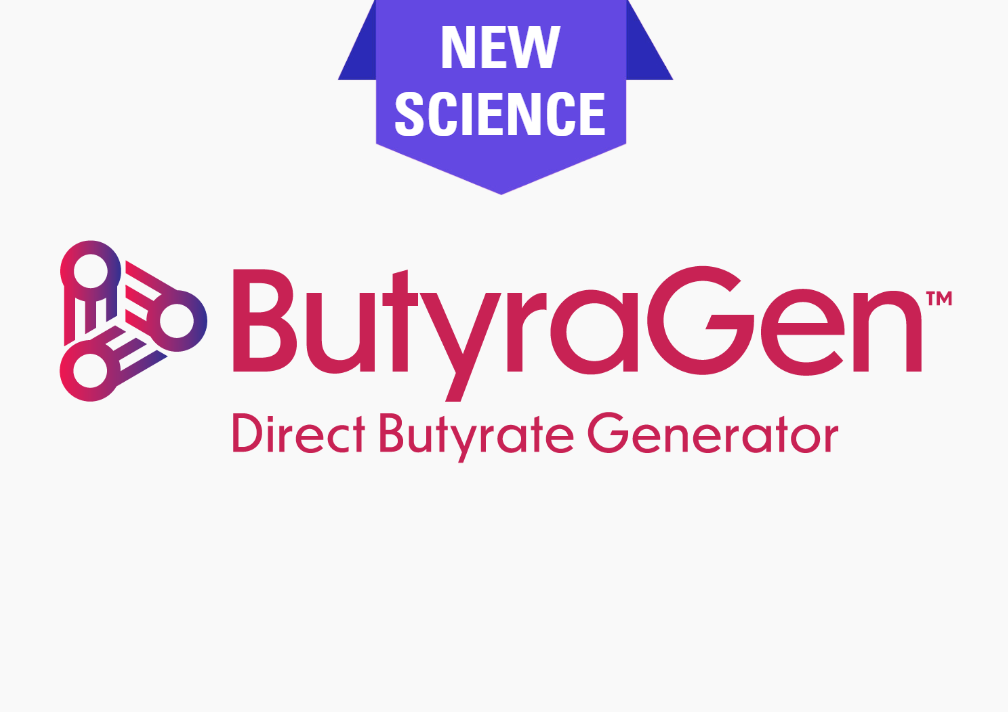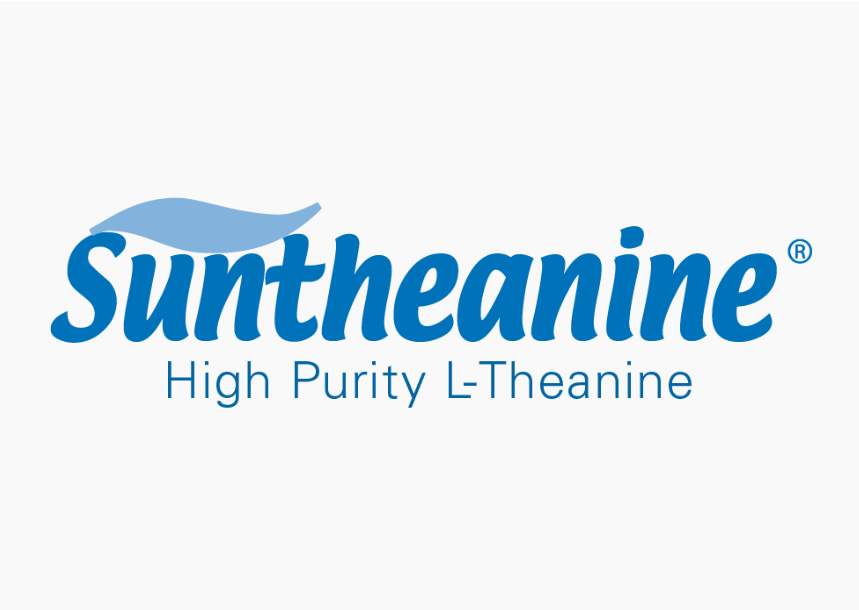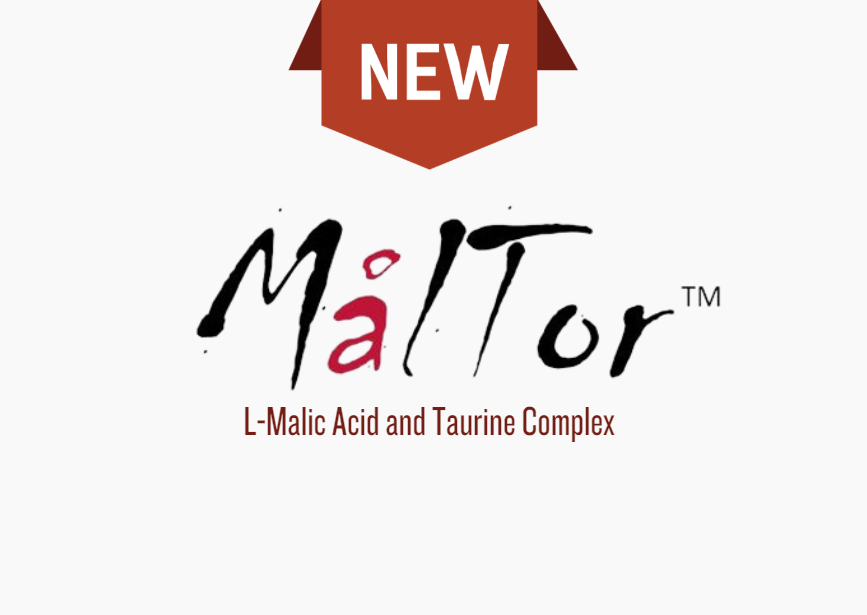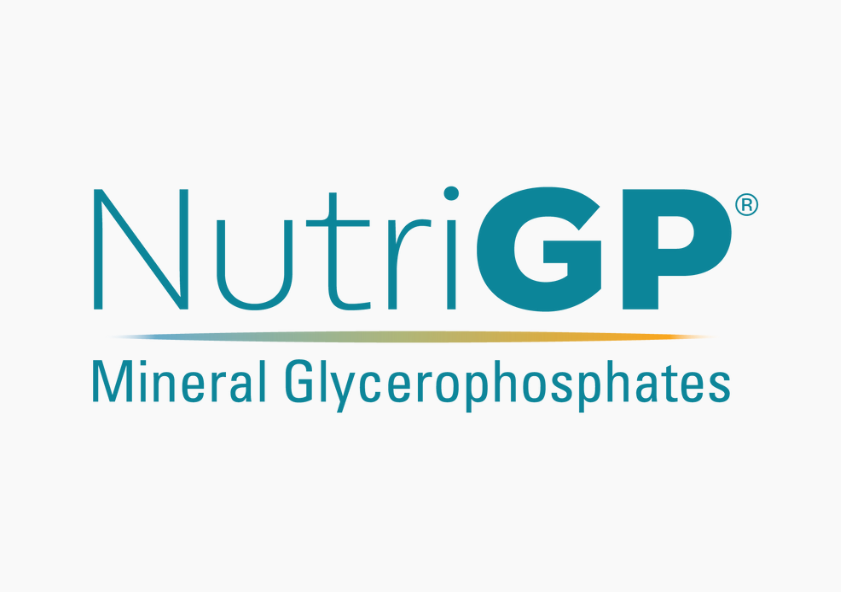Elderberries for Immune Health – How Do They Work?
Key Points:
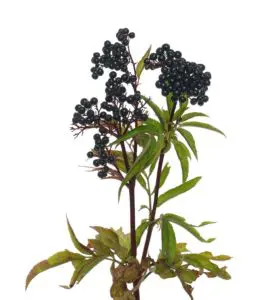
- Elderberry has become the go-to
plant product for immune health and general wellness. - Researchers trying to understand how elderberry phytoactives work have found the mechanisms for structure-function to be quite complex.
- There are both indirect effects, through pro-inflammatory and anti-inflammatory cytokine effects, and direct effects, through direct action on virus glycoproteins. In addition, there are early milder effects and later stronger effects.
- This complex mechanism of action may explain why elderberry has been so successful for supporting immune health.
There are many plants that support immune health. But none is better known to consumers than elderberry. And now the pandemic has changed the consumer dynamic. Before the pandemic, immune health was just another health category, like bone health or cardiovascular health. Now immune health is considered fundamental and integral to basic wellness. Elderberry has now become the most consumer-known wellness ingredient.
We all know that elderberries support immune health. And some of us may know that there have been a few clinical studies that have shown that elderberries in various forms can modulate the immune system and reduce symptoms of viral events such as cold and flu. But how do they work? What is the structure-function mechanism for how elderberry phytoactives interact with viruses?
Early on during the pandemic, the Internet blogs were awash with admonishes not to take elderberry because it causes a cytokine storm. First, what is a cytokine storm? Cytokines are protein-type molecules that cause both pro-inflammatory and anti-inflammatory effects – they work in concert to manage an infection. The “storm” is when cascading events lead to spillover effects from the tissues into the blood and can lead to tissue and organ failure. (1) In the case of elderberry, early in-vitro lab studies showed that the inflammatory cytokine TNF-α increased 2-45 fold. However, subsequent human and animal studies showed the opposite; elderberry in fact reduced TNF-α expression by 35%. (2) But the Internet bloggers looked at only the early in-vitro studies and not the totality and importance of the full range of studies.
In order to better understand structure-function effects, researchers wanted to study the basic mechanism of how elderberry phytoactives work – was it through inflammatory cytokine effects, or something else. In a nutshell, it’s looking more likely that the phytoactive compounds in elderberry work through multiple modes of action. Yes, elderberry does stimulate the immunomodulatory system through both pro-inflammatory and anti-inflammatory cytokines. This would be called the indirect effect. But additionally, researchers found that there are also direct effects. (3) The main anthocyanin phytoactive in elderberry, Cyn 3-glu for short, has a direct effect on blocking the action of virus glycoproteins. Additionally, it’s also time-dependent. In the early stages of a viral infection, elderberry action seems to be relatively mild, but in the post-infection stage, the action is considerably stronger. This complex mechanistic action – multiple effects and early and late-stage differences, may explain why elderberry has been so successful in managing immune health. A simpler mechanism of action would potentially make elderberry less effective.
References
- https://www.ncbi.nlm.nih.gov/pmc/articles/PMC3294426/
- https://pubmed.ncbi.nlm.nih.gov/11399518/
- https://www.sciencedirect.com/science/article/abs/pii/S1756464619300313?via%3Dihub
